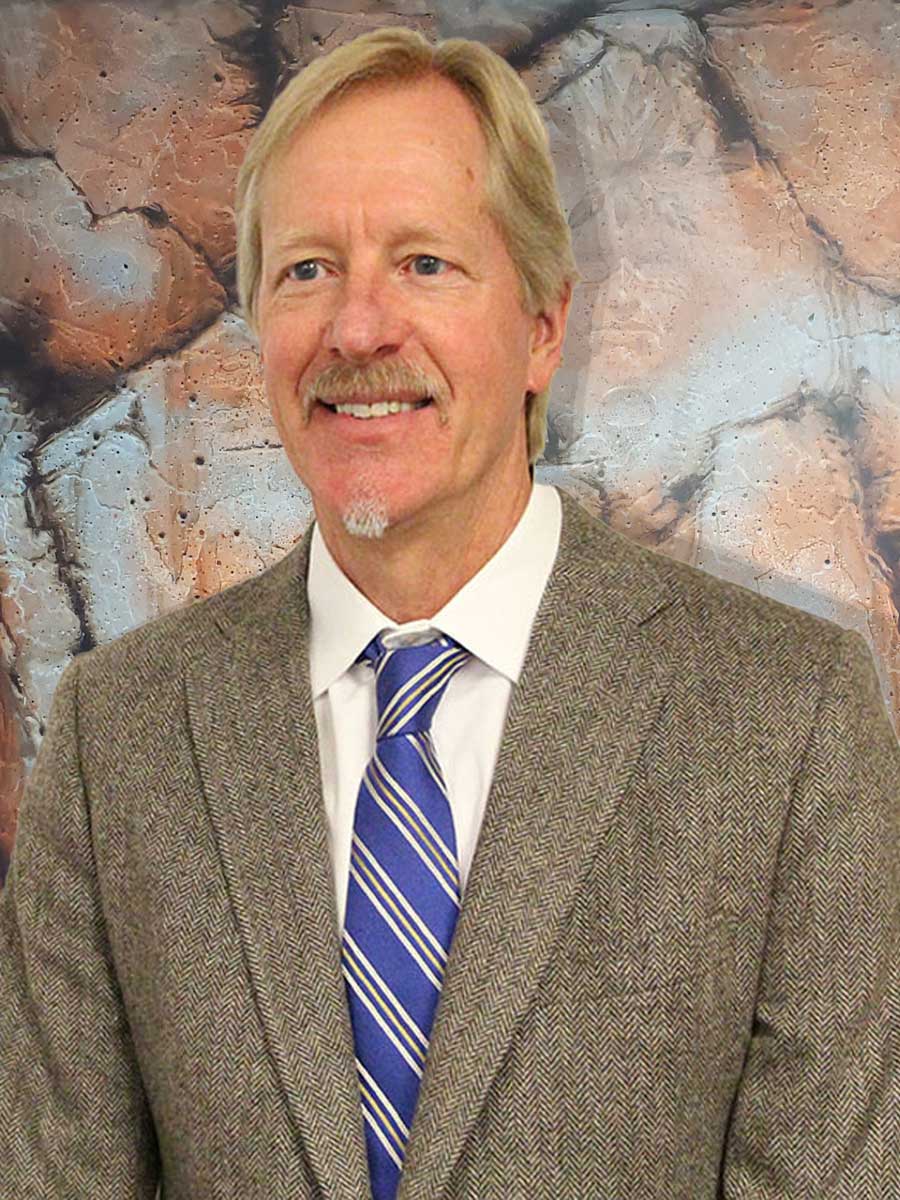US Strategic’s Business Model Embraces Historical Earth Science Processes

Since its inception in 2018, US Strategic Minerals Exploration (“US Strategic”) is developing and testing patented technologies that seek to address two major challenges our nation is facing. These challenges include the socio-economic effects of climate change and the foreign dominance of many critical and strategic mineral supply chains. This blog discusses nature’s solution to climate change and the carbon dioxide sequestration process.
Climate Change Initiatives
The world’s climate change initiatives have increased awareness of the elevated concentrations of CO2 in our atmosphere and the overall rate of increase in average atmospheric temperatures. Interestingly, there were three geologic periods during the last 540 million years where scientists believed that the atmosphere’s carbon dioxide level was lower than 500 parts per million (“ppm”). These periods occurred during times when the earth’s surface atmospheric temperature was modeled to be cooler than it is today.
- The first period of interest is near the end of the Carboniferous Time and the Beginning of the Permian-Triassic Time or roughly 300 M years ago, as depicted in the graph below. The estimated CO2 level was 400 ppm, and the average temperature was 13 degrees Celsius during this time.
- The second period occurred at the End of Tertiary Time just prior to the beginning of the Quaternary Time or roughly 15 M years ago. Here the estimated CO2 level was 500 ppm, and the average temperature was 18 degrees Celsius, much like today.
- The third period occurred during the End of Quaternary Time and the beginning of the Holocene Time roughly 1 M years ago, at which time the CO2 level was 385 ppm, and the temperature was cooler due to the ice sheets occurring on both Poles.

The History of Earth and Carbon Dioxide Reductions
The history of the earth from Precambrian Time to the present demonstrates distinct reductions in atmospheric carbon dioxide levels from significantly high levels (6000 ppm of carbon dioxide to levels under 500 ppm). These reductions happened in three separate periods in geologic time.
Did something geologically significant occur during those periods of time that caused carbon dioxide to be captured and removed from the atmosphere?
What were the forces and processes that existed on our planet over the half-billion years prior to human-caused CO2 being introduced over the past 100 years?
Perhaps if we understood these events, we could be better stewards of the earth today.
Planet-scale events such as continental drift and meteorite impacts resulted in significant volcanic land activity and, more so, under the ancient sea floors. On a global scale, the contact of the ocean’s surface and a CO2 rich atmosphere over millions of years encourages a reaction that sequesters CO2. This simple chemical process involves the cations in the ocean’s brine water and the atmosphere’s carbon. Most of the precipitates from these reagents’ long-term contact are carbonate minerals deposited on the ocean floor, rich in Calcium and Magnesium. These global-scale processes would be most relevant when plant life was scarce and volcanic events were more common.
The Carbon Dioxide Sequestration Process
Importantly, we can use the earth’s natural carbon dioxide-drawdown solutions as a basis for modern-day carbon dioxide capture using more specific and refined mineral carbonation processes.
According to Coggon, R. M., and others*, “Volcanism releases large volumes of CO2 to the oceans and atmosphere, whereas the precipitation of CaCO3 minerals in rocks and veins during hydrothermal alteration of the ocean crust is a major mechanism of natural CO2 sequestration. This information is directly applicable to the development of industrial-scale carbon dioxide sequestration using methods that mimic but accelerate natural carbon dioxide-drawdown processes.”
*Coggon, R. M.; Teagle, D. A.; Harris, M.; John, C. M.; Smith-Duque, C. E.; Alt, J. American Geophysical Union, Fall Meeting 2012, abstract id. B33D-0545 Pub Date: December 2012
US Strategic has trademarked a reagent that, when reacted with carbon dioxide, sequesters it permanently into alkaline earth carbonates. This reagent, LiquidOre™ Brine, is described by US Strategic’s third patent (pending) in a reaction process with carbon dioxide to form a predictable calcium carbonate precipitation. This precipitated calcium carbonate, or PCC, has a wide range of purity targets, from low quality, high volume bulk uses as a road base aggregate up to high purity, pharmaceutical grade applications.
The commercialization of captured and sequestered carbon is a key motivator from an investor’s value growth perspective. The Tax Credits available under Section 45Q help these technologies move from lab to commercial scale, but sizeable investment capital is ultimately required to address the climate initiative’s goals for carbon neutrality. US Strategic’s role in this quest for carbon neutrality is to license its technology to carbon emitters that are seeking new and meaningful methods of achieving their sustainability goals. For a better description of our company’s unique and timely CCUS technology, please see our website.








